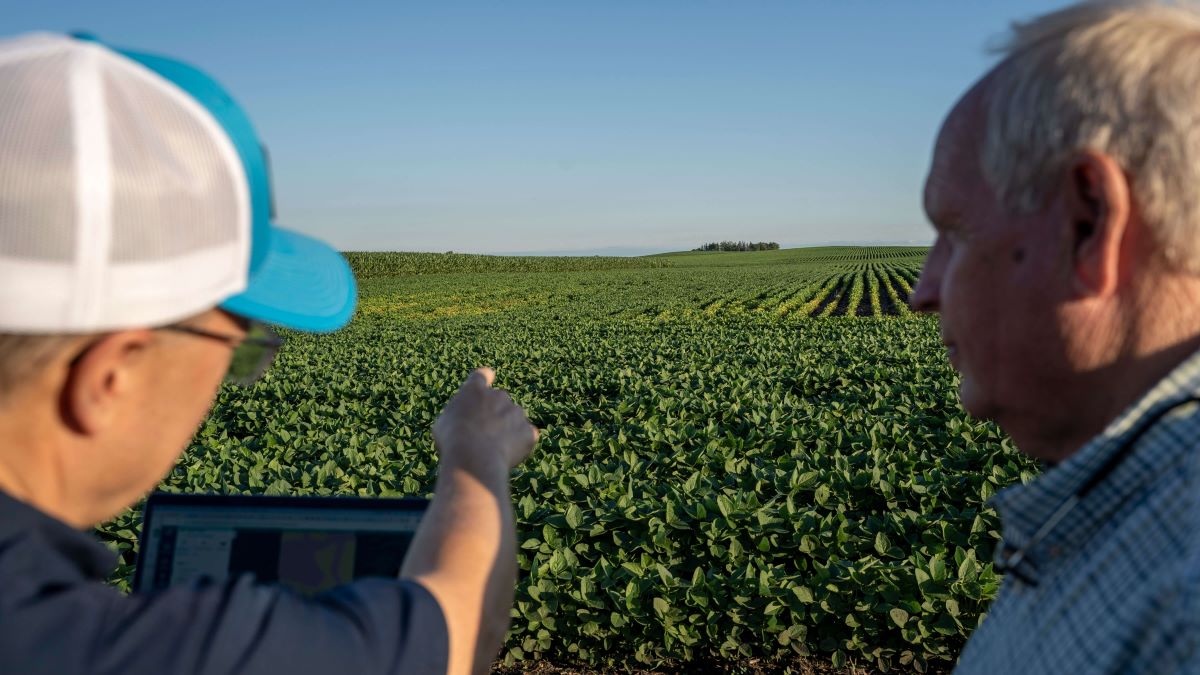50+ New Pathogens Included with TraceCOMPLETE™
We’re expanding our industry-leading accuracy in microbiome assessment to include more than 225 pathogens, including SCN, CRW, Tar Spot and many more.
At Trace Genomics, we analyze soil biology by sequencing all DNA in the soil—a process called metagenomics. This method is able to provide both high resolution species identification and currently reports on more pathogens than any other panel available on the market today. This fall, we are extending our industry-leading accuracy in microbiome assessment to include over 50 additional pathogens. New fungal pathogens include Tar Spot, Cercospora Leaf Spot, and Aphanomyces Root Rot. In addition to bacterial and fungal pathogens, we will now report on significant invertebrate pests such as Soybean Cyst Nematode (SCN) and Corn Rootworm (CRW).
The updated list of over 225 pathogens covering more than 70 crops will be included in TraceCOMPLETE™ for the most comprehensive assessment of your soil’s pathogen profile. TraceCOMPLETE includes our Seed Solution Guide—an easy to understand summary of the pathogens in your soil alongside relevant chemistry data to help growers make the best pathogen management decisions. A full, quantitative list of pathogens can also be found in our interactive online platform, TraceVIEW.
Trace Genomics is adding more than 50 pathogens to its industry-leading microbiome assessment. This fall, TraceCOMPLETE reporting will include more than 225 pathogens.
While microbiome testing focuses primarily on bacteria and fungi, sequencing all soil DNA allows us to expand to other soil organisms like invertebrates. Soybean and corn growers are all too familiar with the damage caused by SCN and CRW. Unfortunately, traditional tests for these pests are time and labor intensive. At Trace, we have shown that our metagenomic results for SCN and CRW match field observations and traditional tests, validating the capability of this technology to detect invertebrates.
In addition to the high accuracy species identification and expansive list of pathogens (and functionality) reported, another benefit to metagenomic data is that DNA sequences from previous years can be reanalyzed. Scientists are rapidly identifying new microorganisms and sequencing their genomes, which Trace uses to provide the most up-to-date information. New functional genes are also being discovered, which Trace R&D scientists can incorporate into actionable insights for nutrient management and soil health monitoring. Using TraceCOMPLETE can allow growers and agronomists to reevaluate pathogen levels over time, even as new pathogens are added.





